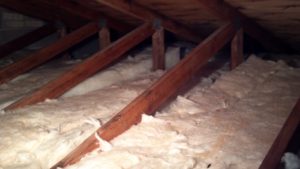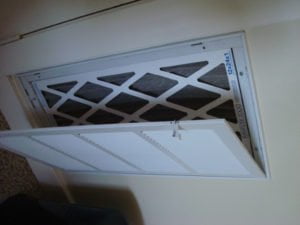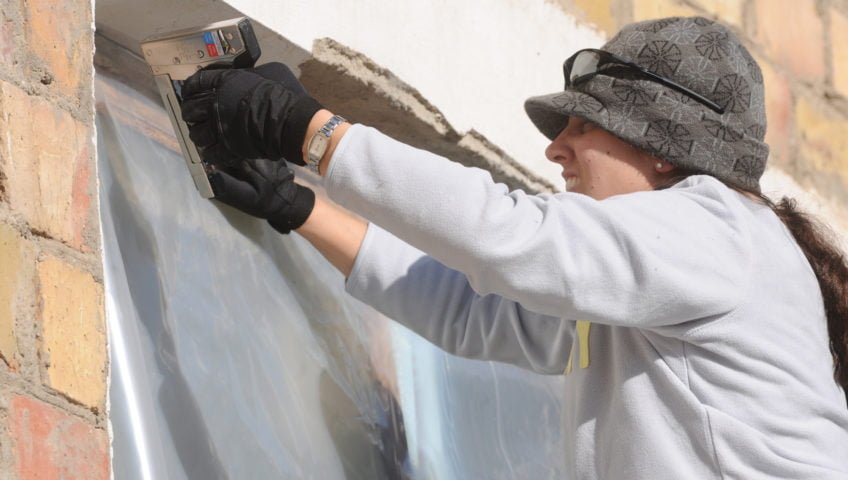Winterize in Fall
IT’S FALL, which implies winter isn’t very far behind. The great news is that winter weather in a lot of the country is anticipated to be milder than last year’s frigid conditions, and heating prices also are projected to be lower, consistent with a report from the U.S. Energy Department. However, the costs of heating one’s home ought to still be a substantial expense in most areas of the country. Now is the time to winterize your home.
Heating is pricey enough already, therefore you do not need to pay money for heat that escapes out windows, doors, and cracks instead of staying indoors and keeping you warm.
“A large portion of our time we’re generating energy that we’re just putting out into the air,” says Marianne Cusato, a consultant for HomeAdvisor.com and an associate skilled specialist at the University of Notre Dame.
Fall is a perfect time to winterize your home which will make it much more energy efficient, consequently saving you cash and keeping you warm. Regardless if you cannot afford major repairs, like a brand-new HVAC system or brand-new windows, there are little projects we can do to save lots of money on heating prices — and they are all DIY.
“Homes will lose heat in many various areas,” says Anne Reagan, editor-in-chief of Porch.com. “I believe that there’s plenty of things we can do to winterize someone’s home to prevent heat loss.”
Here are thirteen hacks to ready your home, whereas additionally trimming your heating bill.
1. Winterize Windows
Heated air will escape and cold air will enter your house if the borders around your windows have cracks. Caulking should get replaced regularly, and you ought to check each fall for holes that require to be patched, as well as holes anyplace outside your house. “You need to be positive your home’s envelope is secure,” Cusato says.
2. Replace Weatherstripping Around Doors
If you’re able to see light around the edges of your doors, you should replace them with new weatherstripping. “A little weatherstripping costs you only 5 or six bucks, and it’ll prevent hundreds of dollars in electrical bills,” says J.B. Sassano, president of the Mr. handyman franchise company.
 3. Close Up the Fireplace Flue
3. Close Up the Fireplace Flue
Ensure your flue closes completely, and check whether you can feel air coming back in once it’s closed. Glass screens/doors around your fireplace opening are an additional way in keeping heated air in and cold air out of your house.
4. Install Storm Window and Doors
If you’ve got older windows and doors, adding storm windows and doors will help significantly. Window insulation film is an alternative choice to produce a layer of protection. “It most definitely insulates the windows,” Sassano says.
5. Add Heavier Drapes and Rugs
Changing out lightweight summer drapes for heavier winter drapes was common in earlier times, and it’s still useful today, Reagan says. Drapes will keep the area better heated, whereas laying down rugs provides a layer of insulation on top of your floors.
6. Improve Your Insulation
Insulation deteriorates over time, therefore you will need to add additional material to your attic. Different places to feature insulation are in crawl areas and exposed areas of decks. Sassano additionally recommends making a false ceiling in unfinished basements and insulating between the ceiling and basement space. An insulating covering over your attic gap also helps keep in the heat.
7. Cover Your Hot-Water Heater
Winterize by purchasing a hot-water heater blanket. They can be found at your local hardware stores for around $20-$30, which will keep the tank from losing heat as quickly, saving you cash on your heating bill.
8. Get an Energy Audit
Several utility providers offer a free energy audit and can provide you with suggestions on several improvements you can change to your home. You could additionally purchase a much more in-depth energy audit. “They’ll examine all the places you are losing energy,” Cusato says.
9. Change Your HVAC Filters
If the filters are dirty, your HVAC must work that much harder to heat your home. In most homes, filters ought to be replaced monthly within the heating season. You ought to have your HVAC checked and serviced bi-annually to ensure it’s operating properly. “It’s simple to overlook however it will mean your system is not operating most efficiently,” Cusato says.
10. Get a Programmable Thermostat
The latest thermostats will learn your family’s habits and program themselves to keep the house cooler once nobody is there and hotter once the house is occupied. You may additionally purchase a more basic programmable thermostat. Costs vary significantly, depending on how technically advanced you would like your thermostat to be.
11. Lower Your Hot-Water Heater Temperature
You should lower it from a hundred and forty degrees to a hundred and twenty. This doesn’t cause any real impact in hot water, Cusato says. And a hundred and twenty degrees is considered the temperature recommended by The Consumer Product Safety Commission.
12. Replace Less Economical Windows and Doors
Adding double or even triple-pane windows, insulated doors, and insulated garage doors can considerably improve the energy efficiency of your house.
13. Lower the Thermostat Temperature
It’s truly easier to sleep in a colder home, and you can invariably add additional blankets. Once you are awake, wear a sweater or pullover to remain comfy with a lower thermostat setting.
Heritage Construction isn’t just a roofing company. We love to help the people of our communities and share our knowledge with you.






Write a Comment